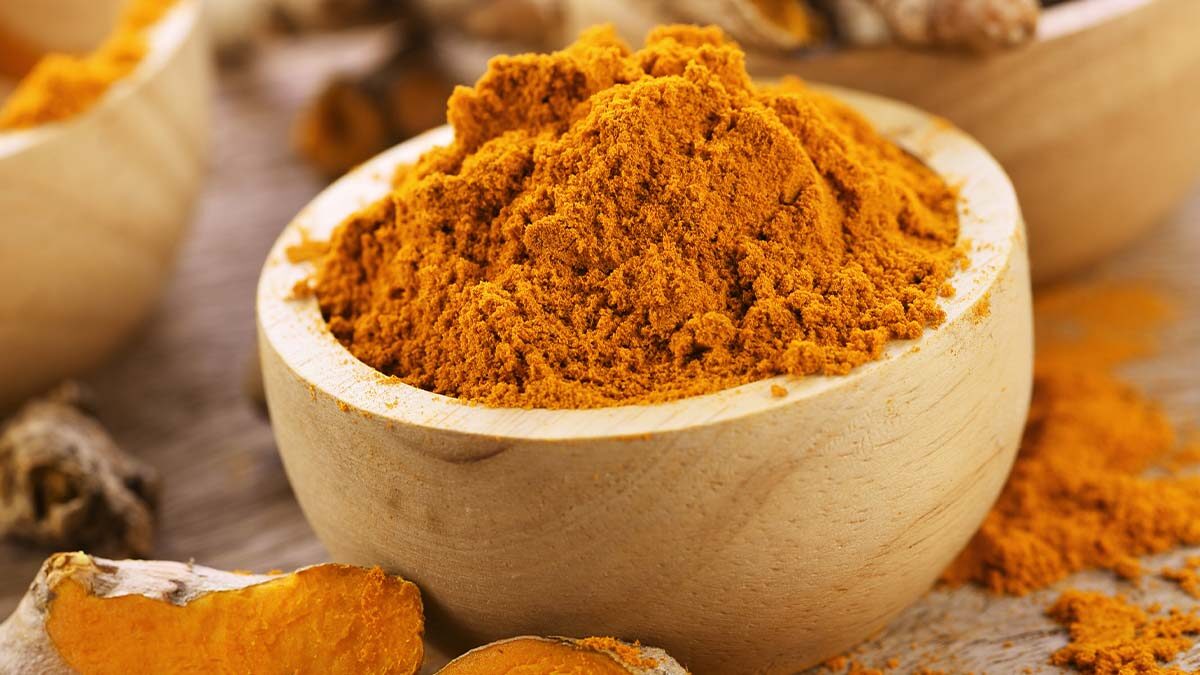How about giving turmeric extracts to people who just had bladder cancer taken out? Or to those who have an early stage of squamous cell carcinoma skin cancer caused by arsenic exposure, or early stage cervical cancer, or precancerous lesions in the mouth or stomach? Researchers did this, and in about a quarter of the patients, the lesions started to get better. One out of the two bladder cancer survivors, two out of seven patients with precancerous mouth lesions, one out of six patients with precancerous stomach lesions, one out of four early stage cervical cancer cases, and two out of six patients with early stage skin cancer, all without any noticeable side-effects.
One of the reasons turmeric curcumin may work in some cancers better than others, or in some people better than others, is differences in bioavailability. Megadoses were given, yet just a tiny amount ended up in the bloodstream. If we’re treating skin cancer, though, why not just put the curcumin directly on the skin?
I’ve talked about what turmeric compounds can do to cancer cells in a petri dish. In the video, Topical Application of Turmeric Curcumin for Cancer, you can see some before and after pics. Cervical cancer cells are laid to waste as more and more curcumin is added, and normal cells are unharmed. But to make it to the cervix, curcumin must be absorbed (though a vaginal cream has been invented).
A variety of delivery methods have been devised, including oral, intra-abdominal, intramuscular, under-the-skin injections, straight into the veins or the arteries, on the skin, up the bladder, in the nose, breathed like an inhaler, up where the sun don’t shine, or straight into the spinal column, bone marrow, the tumor itself, or implanted somehow. Taken orally, some curcumin does actually get into the tissues. We can measure the amount of curcumin absorbed into the wall of the intestine by examining biopsies and surgical specimens taken after a curcumin regimen. It makes sense to take turmeric orally to try to fight colon cancer, but if we have cancer erupting on our skin, why not just rub it on directly?
That’s what one group of researchers did. They took some turmeric from the store, made a tincture out of it, dried it, put it in Vaseline, and then had cancer patients rub it on their cancer three times a day. What kind of cancer can you get at with a finger? These were folks with cancers of the mouth, breast, skin, vulva, and elsewhere. Isn’t breast cancer under the surface? Not always. Advanced breast cancer can ulcerate right through the skin. The subjects were all people with recurrent ulcerating tumors that had failed to respond to surgery, radiation, and chemo. These open cancers can stink, itch, and ooze, and there was nothing else medicine had to offer. So, they rubbed some turmeric ointment to see what happened. It produced remarkable relief. A reduction in smell was noted in 90% of the cases, even in extensively ulcerated cases of breast cancer, and a reduction in itching in almost all cases as well. For example, treatment relieved severe itching in two of the vulva cancer patients. Most of the lesions dried up, and in many cases this relief lasted for months, all from just rubbing on the harmless spice turmeric, which the researchers describe as “an indigenous drug … highly effective in reducing smell, itching and exudate.” The effect of this so-called drug is remarkable. And that “drug” is just some edible spice used in curries for centuries.
More on what this golden spice can do in:
- Which Spices Fight Inflammation?
- Spicing Up DNA Protection
- Turmeric Curcumin and Rheumatoid Arthritis
- Turmeric Curcumin and Osteoarthritis
There are ways of Boosting the Bioavailability of Curcumin to get it into our blood stream.
Some should be cautious about turmeric use, though. See Who Shouldn’t Consume Curcumin or Turmeric?
-Michael Greger, M.D.
PS: If you haven’t yet, you can subscribe to my free videos here and watch my live year-in-review presentations Uprooting the Leading Causes of Death, More Than an Apple a Day, From Table to Able, and Food as Medicine.
